Material | Advantages | Disadvantages |
Nylon | Budget-friendly, lightweight, flexible, range of colors/styles, abrasion and chemical-resistant, flame-retardant | Not as durable as other materials, lower heat resistance |
Polyester | Budget-friendly, range of colors/styles, abrasion, chemical, and UV-resistant, lightweight, flexible | Less heat-resistant than some other materials, may not be as durable |
Neoprene | Highly durable, excellent protection against abrasion, chemicals, and heat, flame-resistant, flexible | More expensive than other materials, thicker and bulkier, less suitable for some applications |
18 Feb
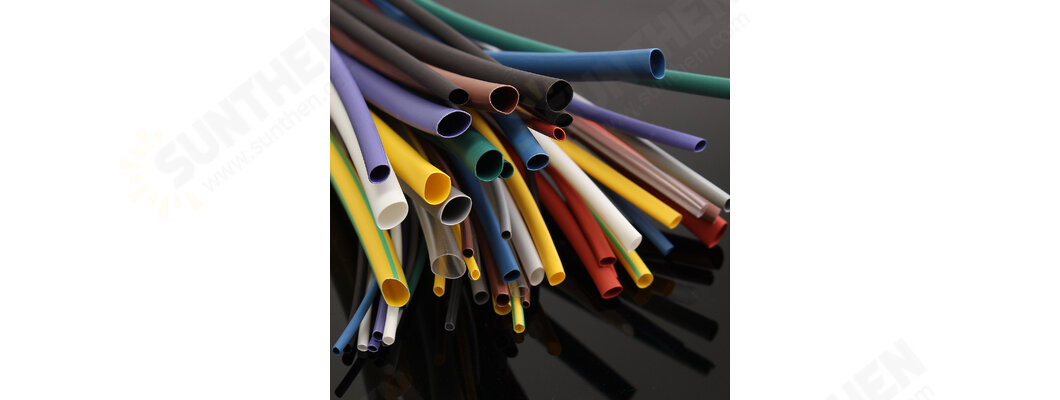

Introduction:
In today's world, we rely heavily on electronic devices and appliances, which means we have an extensive collection of cables and cords. However, managing these cables can be a hassle and may cause unwanted clutter, making your space look untidy. Cable sleeves are an excellent way to keep your cables organized and improve the aesthetics of your space. This article will guide you through the process of choosing and installing cable sleeves for your DIY cable management solution.
Choosing Cable Sleeves:
Cable sleeves are available in various materials, sizes, colors, and styles, so you can choose the one that suits your needs. The most common materials for cable sleeves are polyester, nylon, and neoprene. Here's a table summarizing the advantages and disadvantages of the three most common materials used for cable sleeves:
When choosing a cable sleeve, it's important to consider the specific application and environment in which it will be used to determine which material is best suited for the job.
Also, the size of the cable sleeve is crucial, as it must fit your cables without being too tight or too loose. You can measure your cables with a tape measure or a caliper to determine the appropriate size. Additionally, cable sleeves come in different colors and styles, so you can choose the one that matches your décor.
Tools and Supplies Needed:
To install cable sleeves, you will need some basic tools and supplies. You will need a pair of scissors to cut the cable sleeves to the correct length, and a lighter to seal the ends of the sleeves after cutting. You will also need cable ties, cable clips, or cable straps to secure the cables to the sleeves. Finally, you may need a cable sleeve installation tool or a wire threader to help you guide the cables through the sleeves.
Installing Cable Sleeves:
The installation process of cable sleeves is relatively straightforward, and you can complete it in a few simple steps. First, determine the length of the cable sleeve you need by measuring the cables you want to cover. Cut the cable sleeve to the appropriate length using scissors. Seal the ends of the sleeve with a lighter to prevent fraying. Next, use a cable tie, clip, or strap to secure the cables to the sleeve. Once the cables are secured to the sleeve, you can slide the sleeve over the cables. You can use a cable sleeve installation tool or a wire threader to guide the cables through the sleeve, which makes the process much easier.
Maintenance and Troubleshooting:
Cable sleeves are durable and easy to maintain. However, it is essential to keep them clean and free from dust and debris to ensure they work optimally. You can clean them with a damp cloth or a soft brush. If you encounter any issues, such as cables slipping out of the sleeve, you can use a cable tie or clip to secure them further. If the cable sleeve becomes damaged, you can replace it with a new one.
Conclusion:
Cable management is a crucial aspect of maintaining a tidy and organized space. Cable sleeves offer a simple and effective solution for cable management, and they are easy to install and maintain. With the right tools and supplies, you can complete the installation process in a matter of minutes. Whether you want to hide cables behind your desk or organize the cables behind your TV, cable sleeves are a practical and affordable solution. With the information provided in this article, you can confidently choose and install cable sleeves for your DIY cable management project.

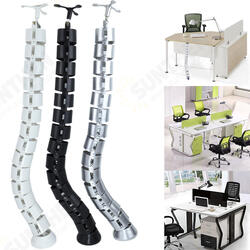
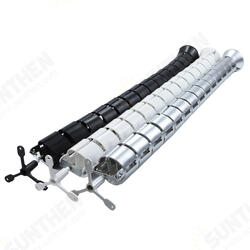
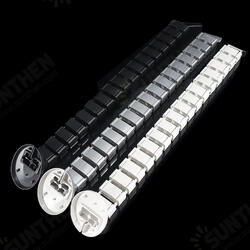
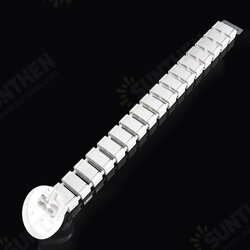
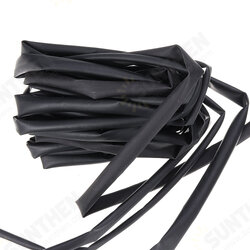
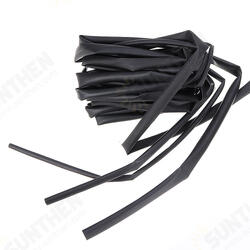
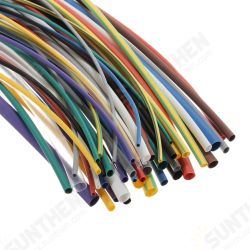

1 Comment(s)
Such a helpful article. Definitely saving this one.
Leave a Comment